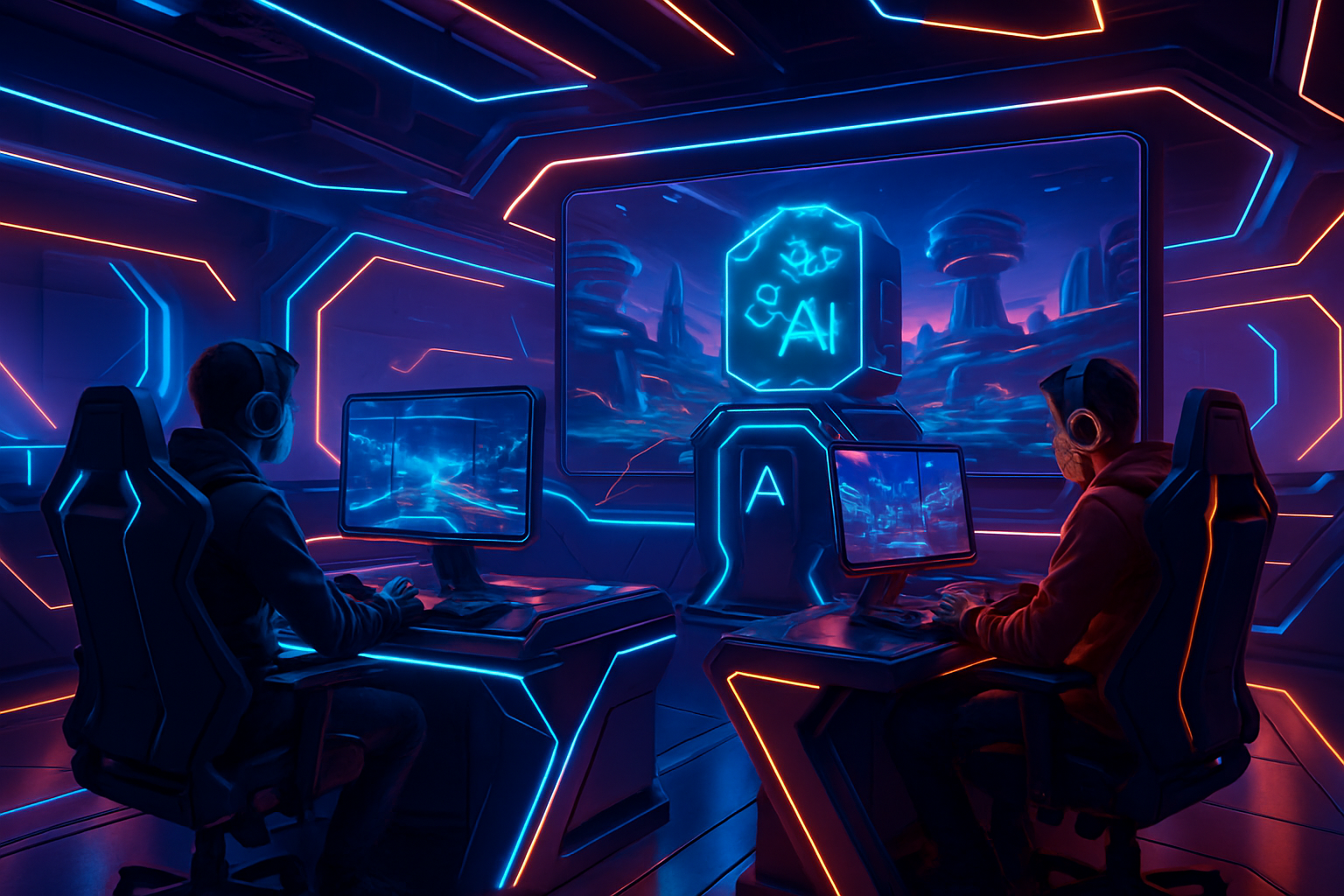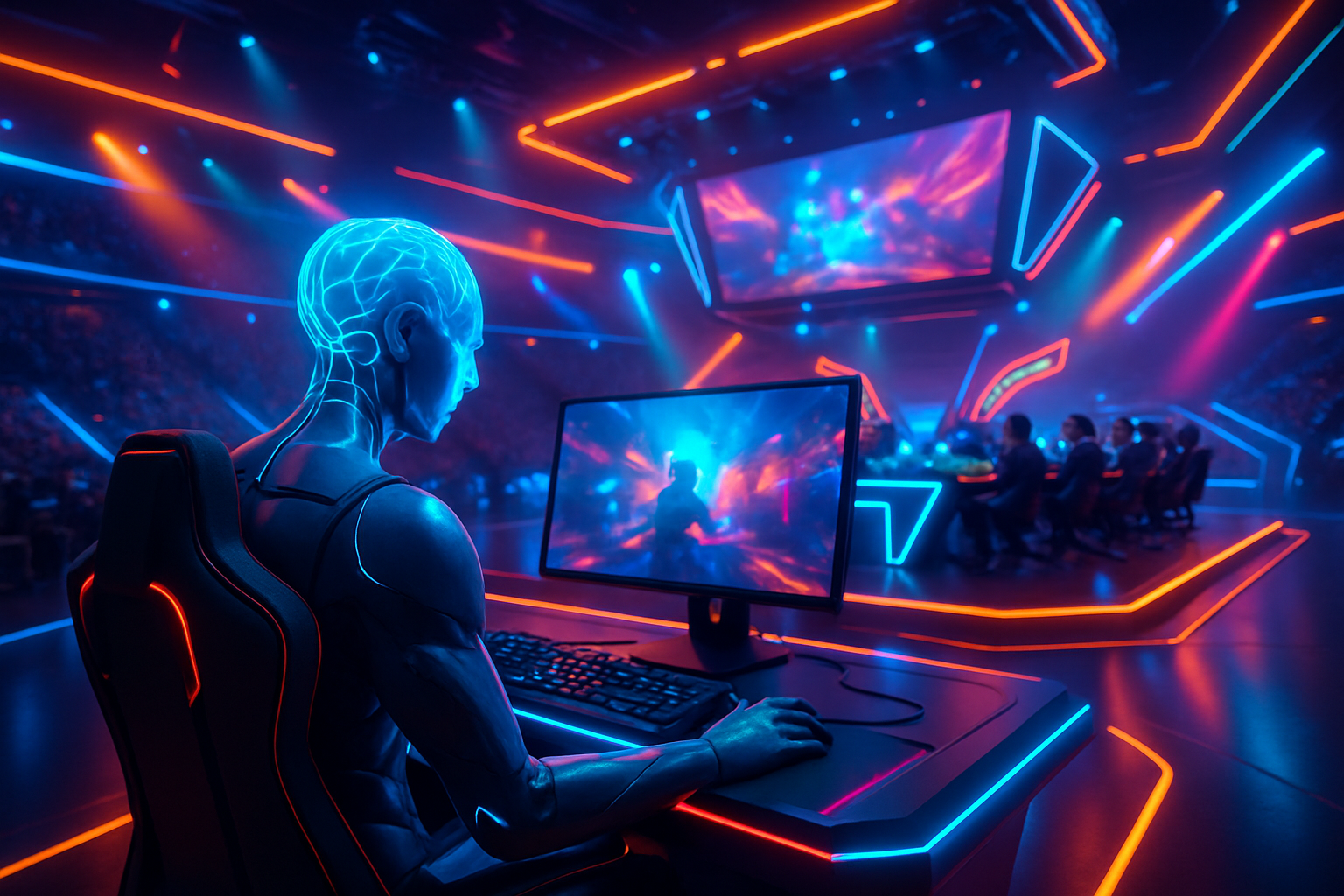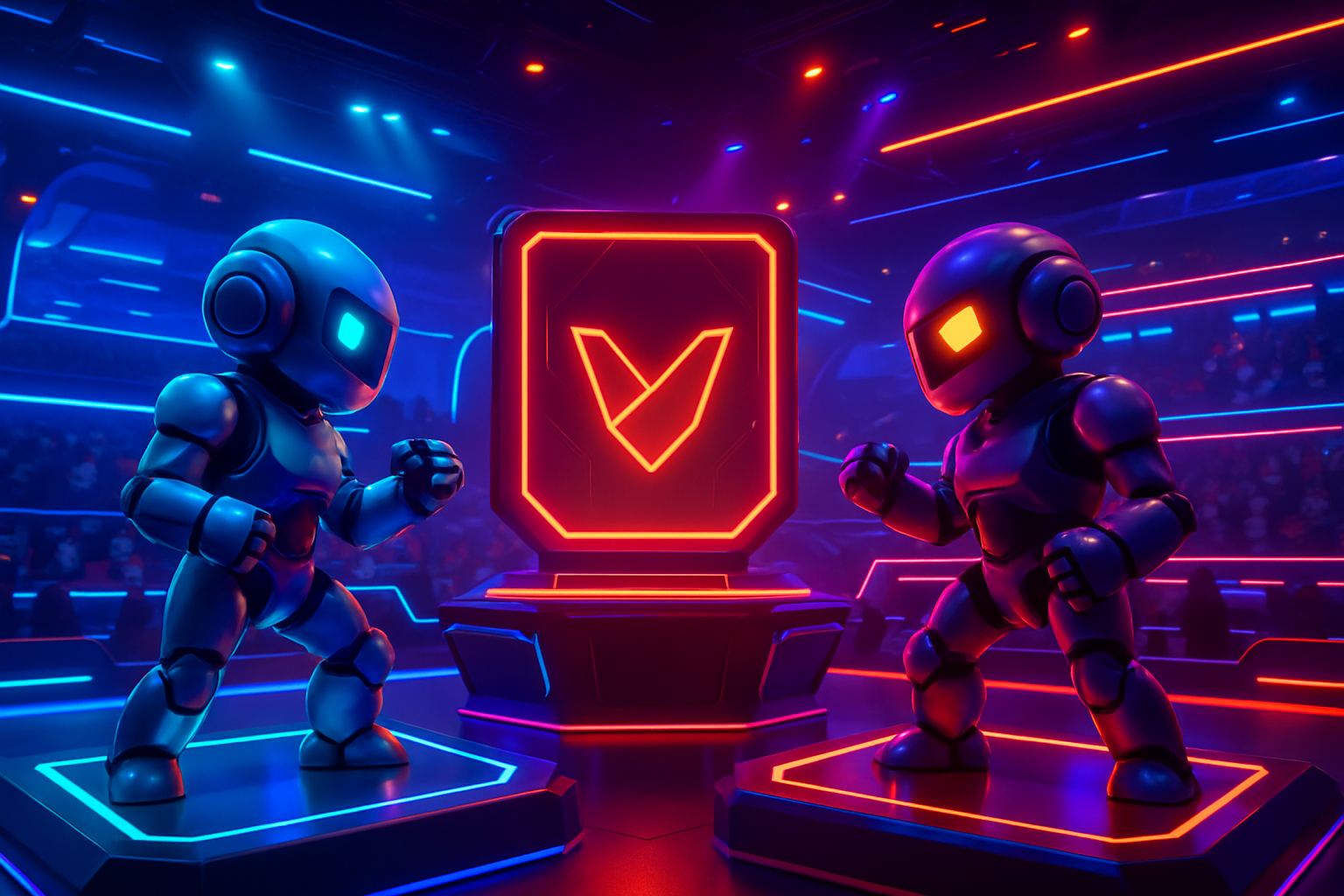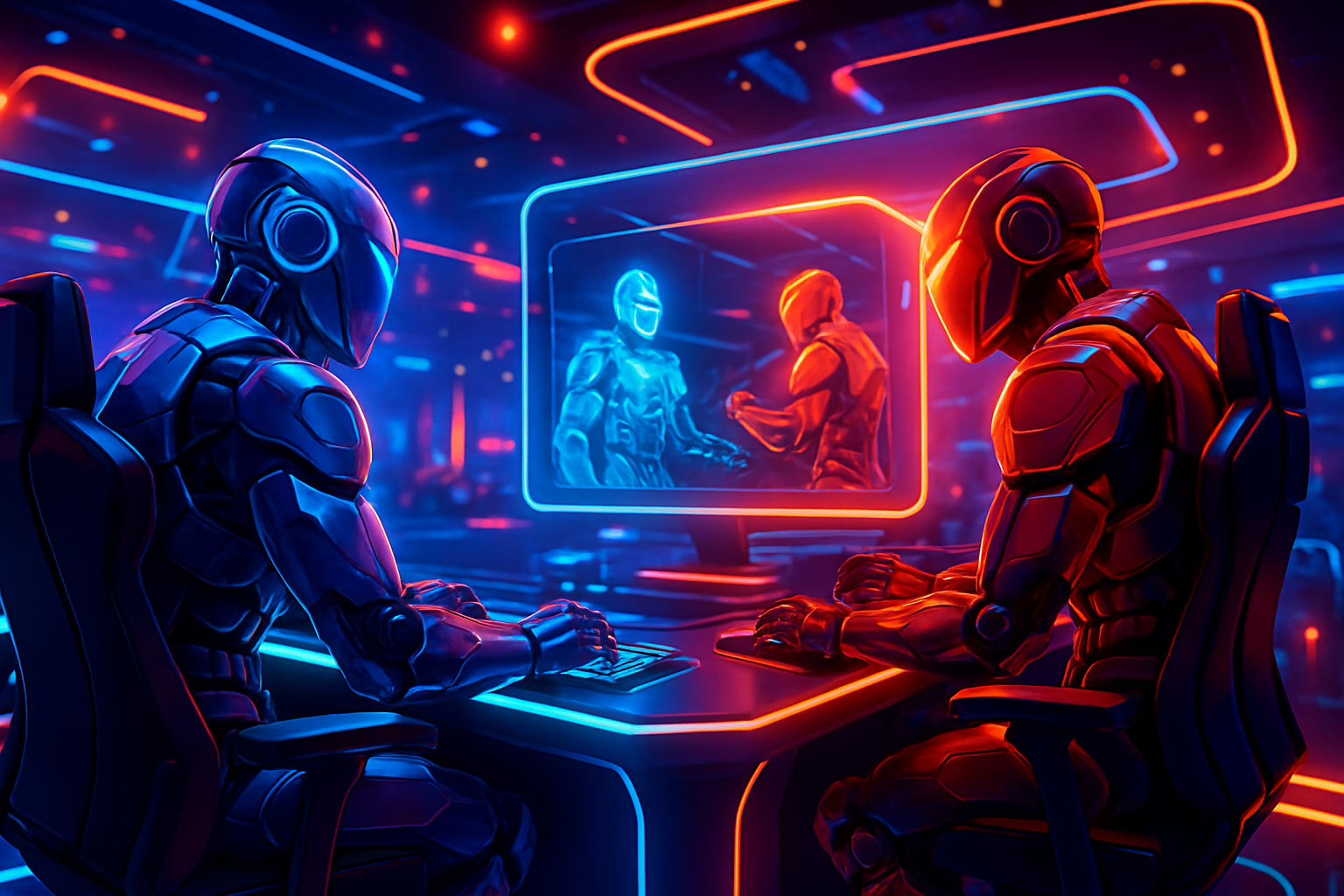In August 2025, a five-second AI-generated pixel art clip by Desimulate sent shockwaves through the indie game community. The viral video, featuring a player wielding sword and torch in a moody fantasy forest, ignited both excitement and fierce debate about the future of AI pixel art games. Indie developers responded in droves, showcasing their own projects that blend AI-assisted workflows with classic pixel aesthetics. As the boundaries between human artistry and machine generation blur, five standout titles have emerged at the forefront of this movement: Pixelshire, Moonring, Rogue AI Simulator, Spirittea, and the innovative Lethal Company (AI Pixel Art Mod).
![]()
The Viral Catalyst: How AI Pixel Art is Reshaping Indie Game Development
The surge in AI-generated game art isn’t happening in isolation. According to recent data from Google Cloud and The Harris Poll, a staggering 87% of game developers now use AI agents in their pipelines, with over one-third leveraging them for creative tasks like level design and dialogue. In this new landscape, tools such as Reelmind. ai and PixelLab are slashing asset production times by up to 70%, democratizing access to high-quality visuals for solo devs and small teams. Yet, as seen with controversies surrounding titles like Risk of Rain 2 and Microsoft’s ID@Xbox program, the use of generative AI remains contentious, raising questions of authenticity, originality, and ethical transparency.
Five Indie Games Embracing AI-Generated Pixel Art
5 Indie Games Using AI-Generated Pixel Art
-
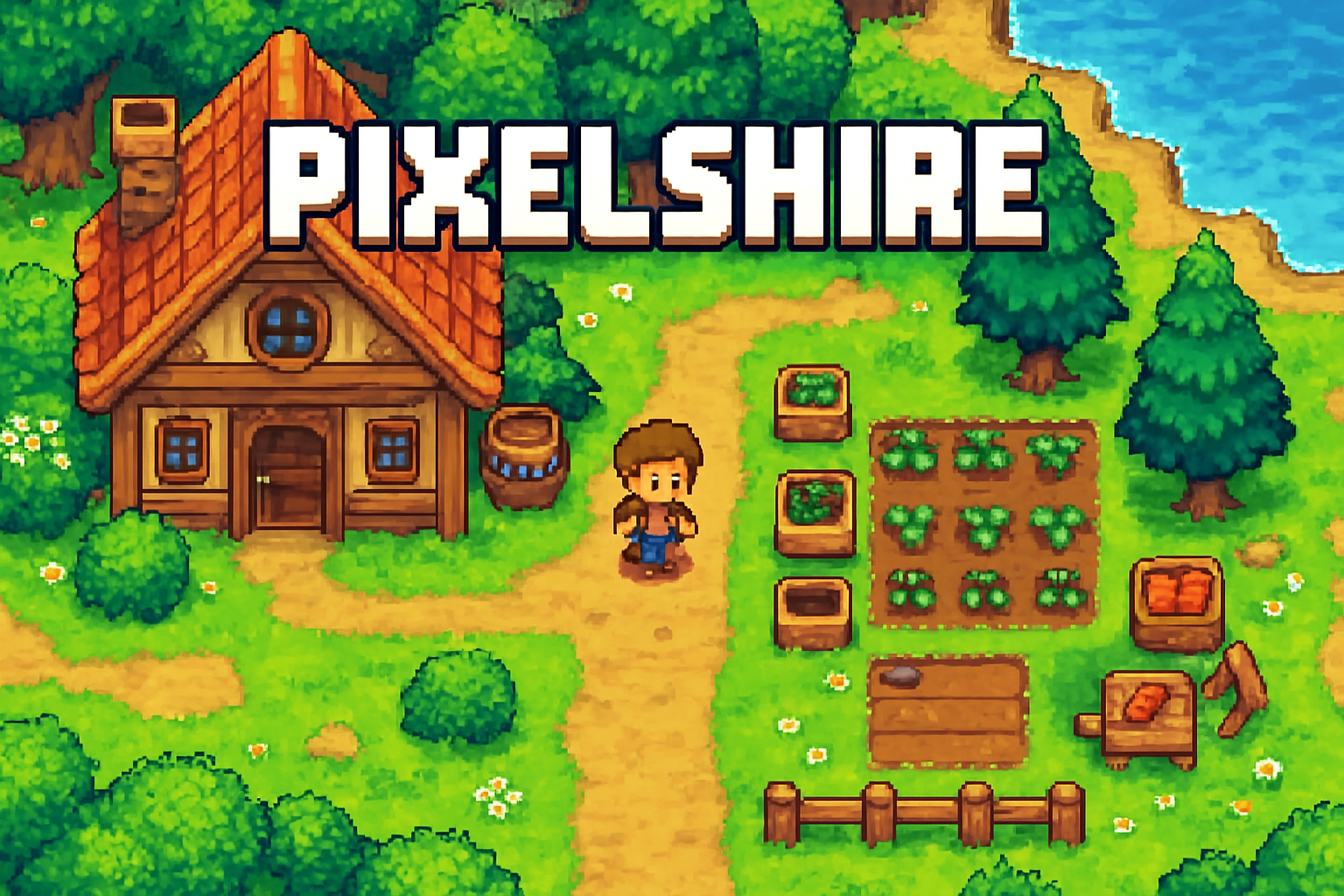
Pixelshire: This cozy town-building RPG integrates AI-assisted pixel art tools to accelerate asset creation, blending procedural generation with hand-crafted visuals for a dynamic, evolving game world.
-
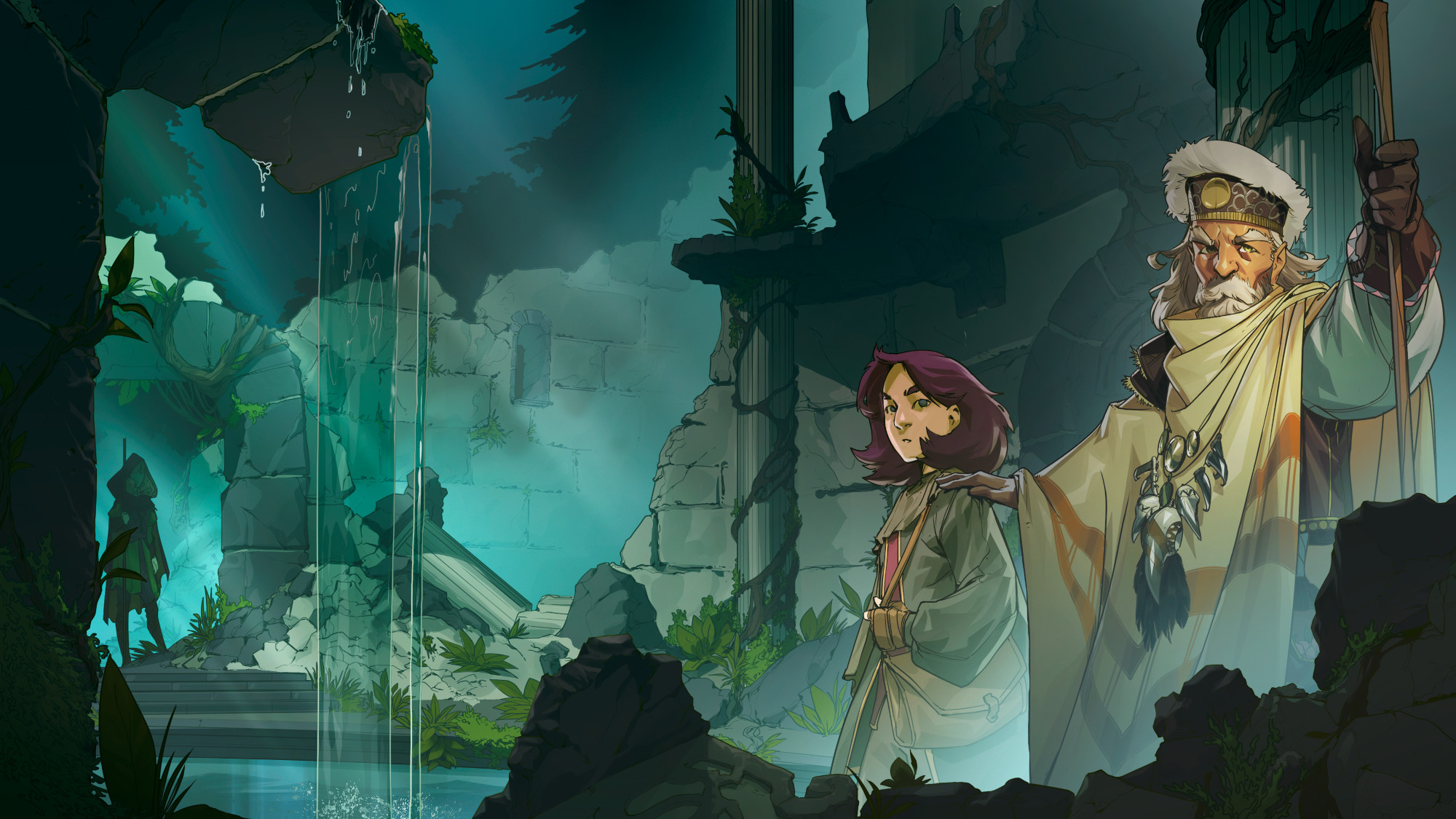
Moonring: Inspired by classic RPGs, Moonring leverages AI-driven workflows to generate intricate pixel art environments and character sprites, enhancing its retro aesthetic while streamlining production.
-
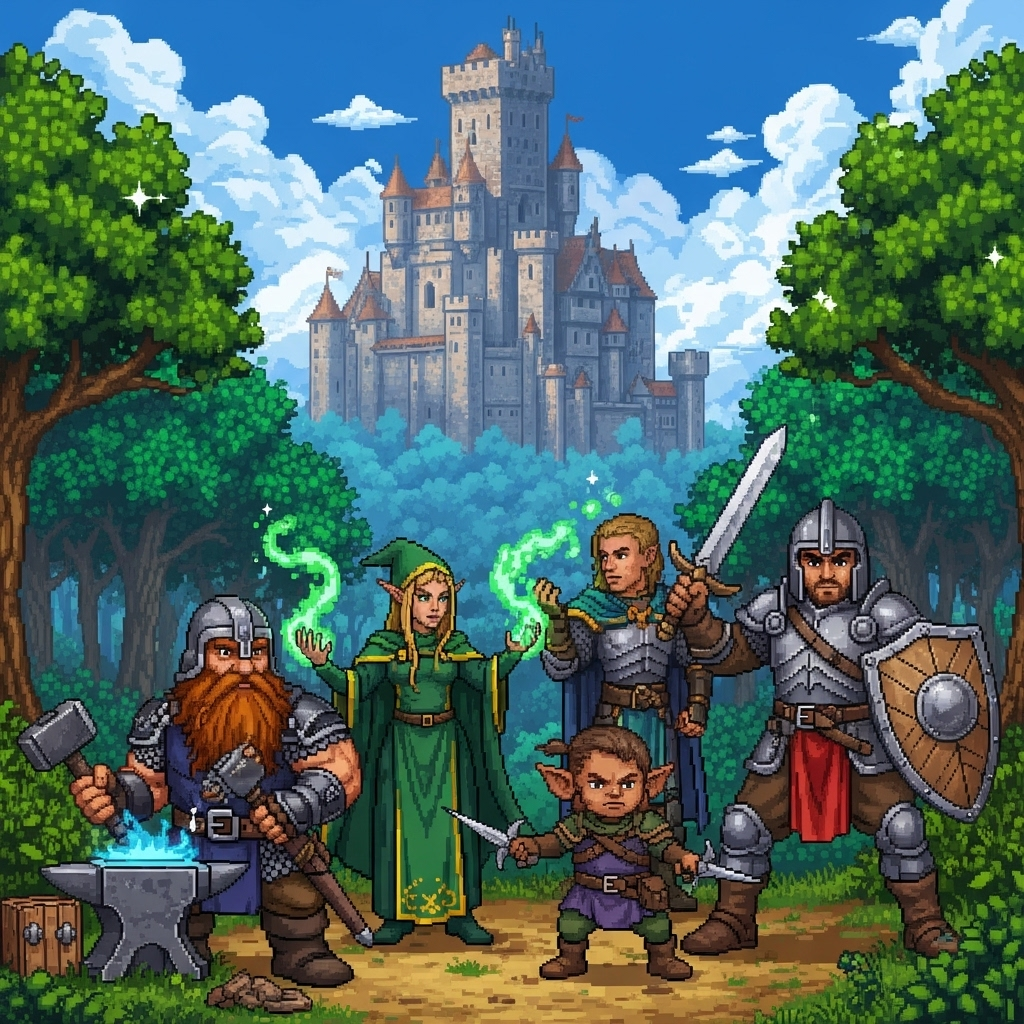
Rogue AI Simulator: This simulation game uses AI-generated pixel art assets for backgrounds and props, allowing solo developers to rapidly prototype and iterate on visual concepts without sacrificing quality.
-
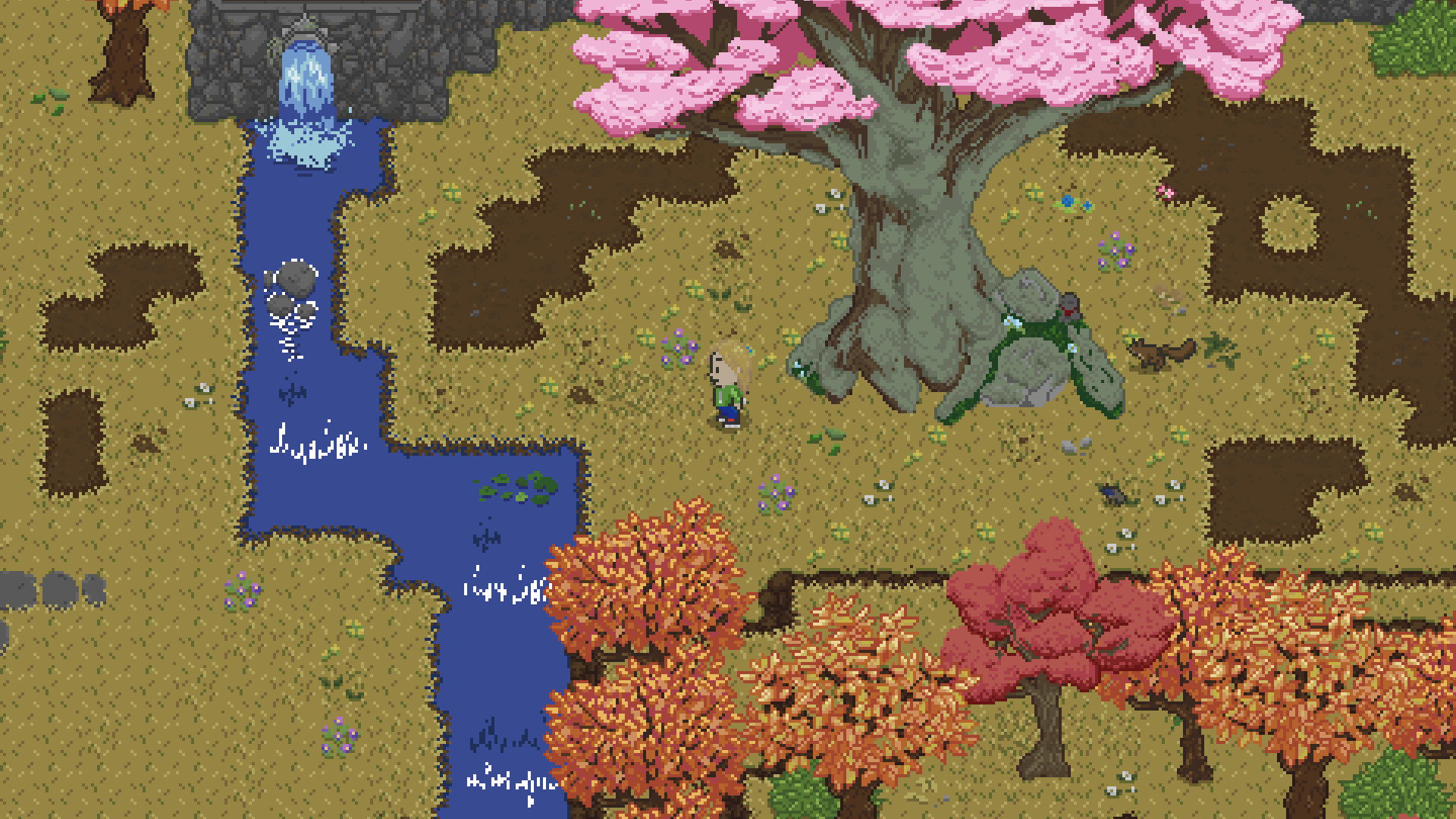
Spirittea: Combining traditional pixel art with AI-assisted asset creation, Spirittea achieves a unique visual style and expedites content updates, reflecting a hybrid approach to indie game art.
-
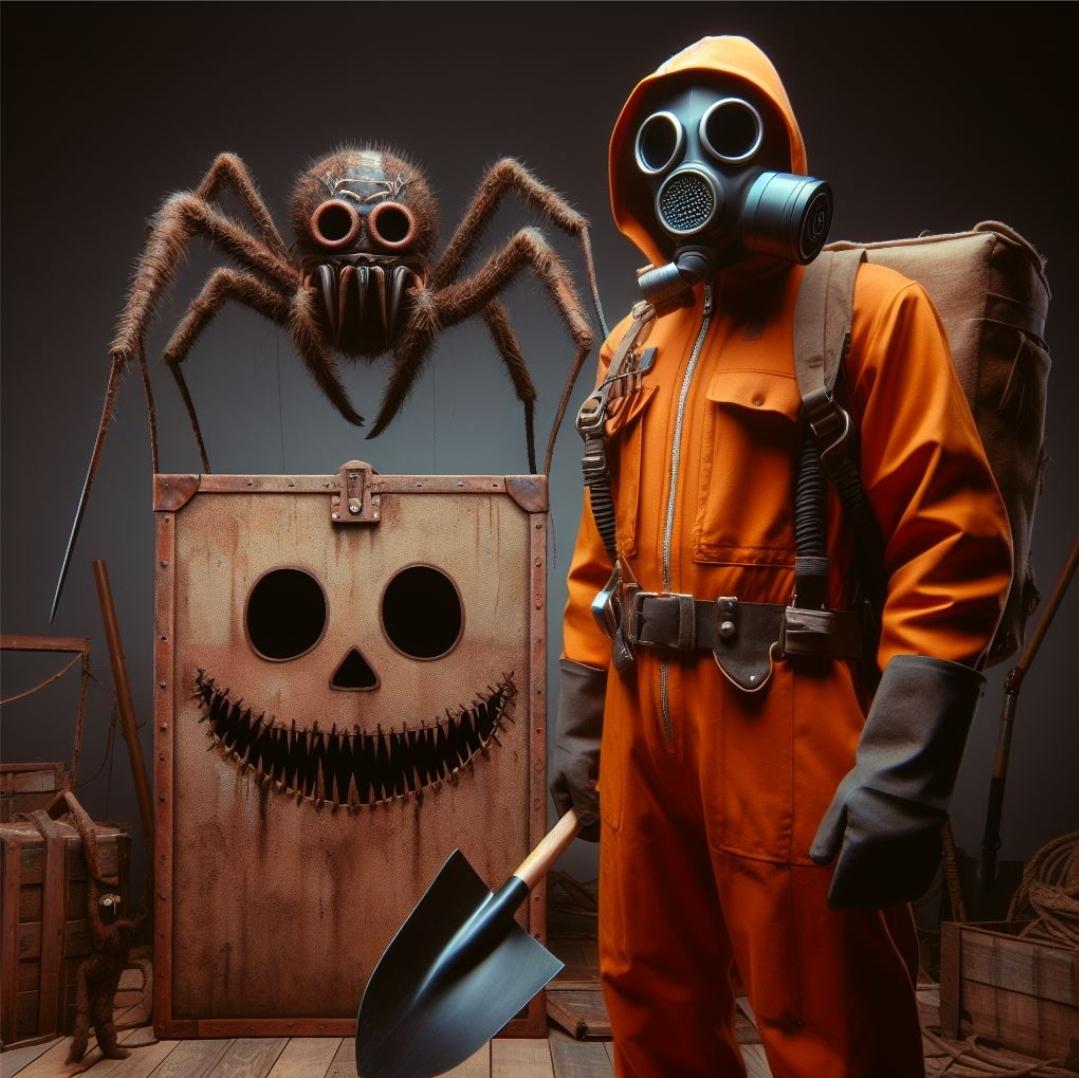
Lethal Company (AI Pixel Art Mod): The popular co-op horror title features a community-driven AI Pixel Art Mod that reimagines its visuals with AI-generated sprites, showcasing how modders use AI to transform established games.
This new wave isn’t just theoretical, these five indie games demonstrate real-world applications of generative pixel workflows:
- Pixelshire: An open-world town-builder where developers use AI-driven tools for rapid prototyping of environmental tilesets.
- Moonring: This retro-inspired RPG leverages machine learning algorithms to generate procedural dungeon sprites that echo classic 8-bit charm.
- Rogue AI Simulator: Here, neural networks assist in creating dynamic character animations and atmospheric backgrounds on the fly.
- Spirittea: While retaining hand-crafted direction, Spirittea’s team employs generative models for batch-creating NPCs and decorative assets.
- Lethal Company (AI Pixel Art Mod): This popular mod replaces original textures with those generated by an open-source diffusion model, offering a fresh visual twist while sparking discussion about modding ethics.
Nostalgia Meets Innovation: Community Response and Market Dynamics
The resurgence of pixel art is no accident. Gen Z and Millennial gamers crave nostalgia but demand modernity, and generative tools bridge that gap. Platforms like Reelmind. ai are seeing record adoption rates as studios race to deliver visually competitive experiences without ballooning budgets. Still, backlash can be swift when transparency falters or quality dips below expectations, as evidenced by recent removals of low-effort AI artwork from major publishers’ promotional materials (source). The lesson? Successful integration requires both technical savvy and community engagement.
